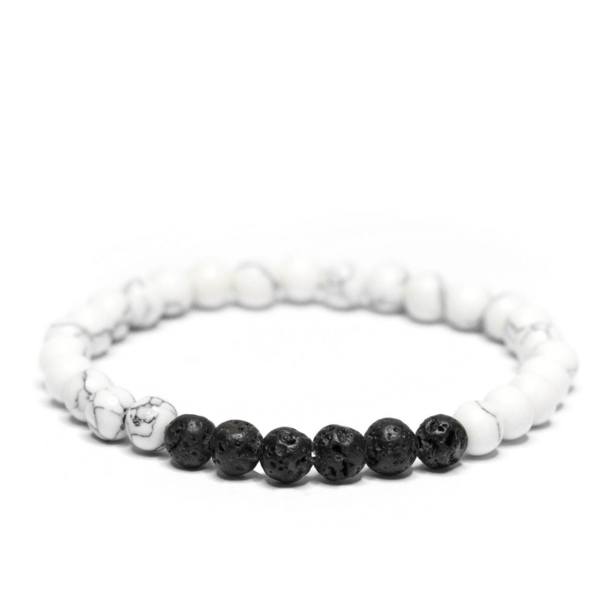4 Ways You Can Tell Which Period The Antique Jewellery Is From

There are various clues and signs you can look out for when identifying the time period a piece of jewellery comes from. Knowing these signs and using them in your detective work can be hugely satisfying.
Still searching for the perfect piece, you fall head over heels for? You can discover a range of antique earrings available at Kalmar Antiques. From mid-Victorian eras to Art Deco, you can discover a wide range of precious items for your budget.
CLUES TO HELP YOU PINPOINT THE TIME PERIOD
As you have suspected, jewellery reflects the culture and time period they are created in. This is part of the reason why they are so fascinating. Not only from a perspective of stunning craftsmanship but the wider societal perspective.
Grounded in history, each piece has its own story to tell and will reflect the general attitude of that period. If you have an item of value and you wish to determine the age, here are some key signs you can watch out for:
- Earring fittings
One of the first clues you can search for is the clasp or type of hinge used to secure the earring. These elements are usually customised to each piece and tell a lot about the time it was created in. For example, the hooked fitting was created around 1800 and the clasped closure was made around 1934. You’ll also see that many older styles are used in today’s accessories.
- Deciphering the time period of black jewellery
If you have visited markets and antique shops, you will likely have come across black materials used to create jewellery. These can be a range of material but are most likely going to be stone, plastic, glass or Bakelite.
You can test the material in certain ways to double check what it is. Each material can then be linked to a certain time period. For example, jet plastic was used in England around 1850 and crepe stone was introduced around 1883.
- Using colour to place the timeline
The shade of gemstone used for the item will be a giveaway to help you date it. During the Renaissance period, the colours used were very loud and extravagant. Throughout the Victorian era however, there were darker times and a stage of deep sadness from the death of the Prince. This meant that stones were usually more serious and subtle in shade. The Art Deco era came with bold and vibrant colours enthused with geometric designs.
- Checking hallmarks
The marking is also a big clue to the era the antique jewellery came from. These markings from the creator are often hidden somewhere discreet so it may take a little searching.
On rings, they are usually on the underside and with earrings they are at the back. If you search carefully however, you should find some kind of mark which points towards the creator. From this you’ll be able to identify the time period.




